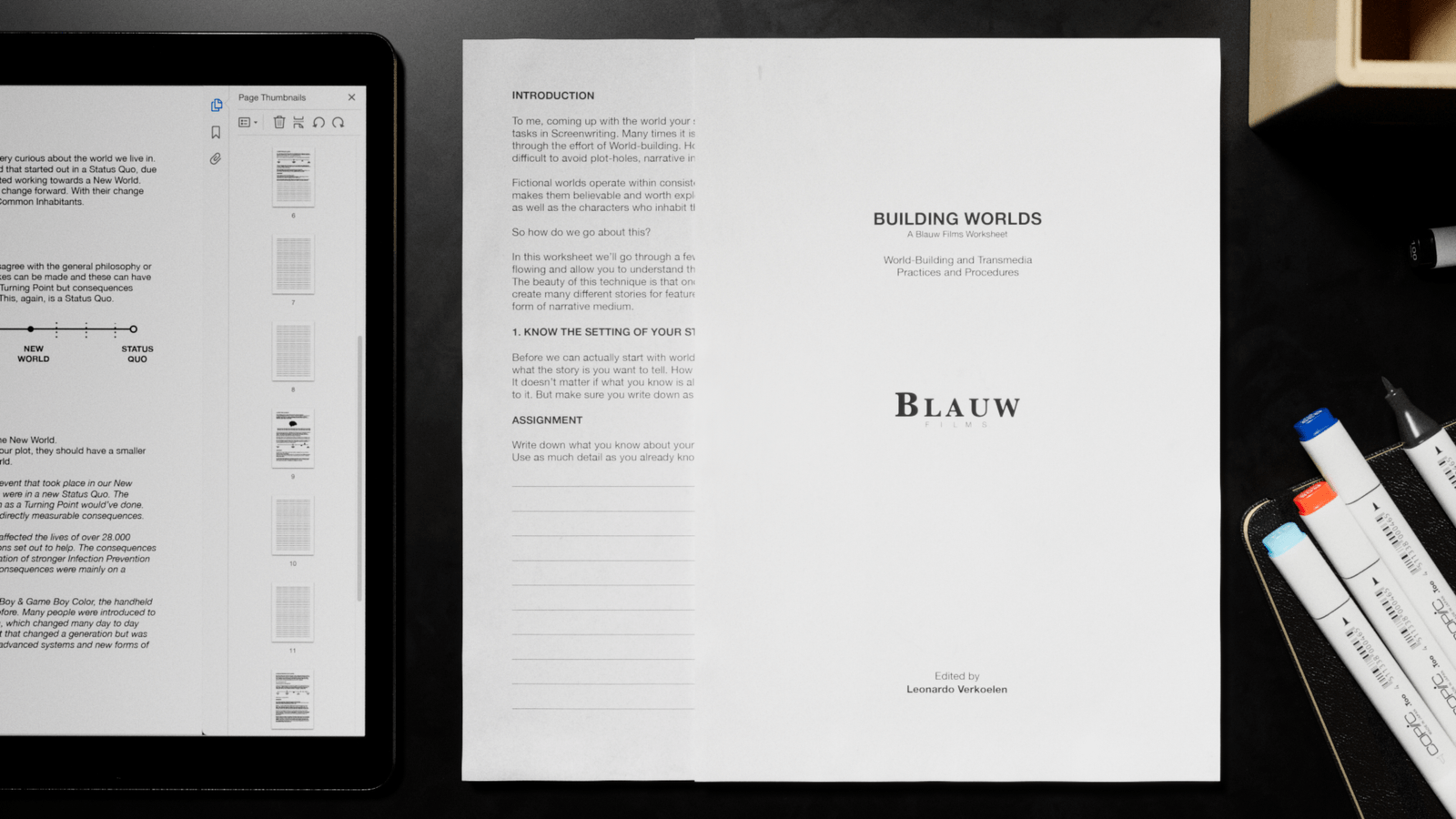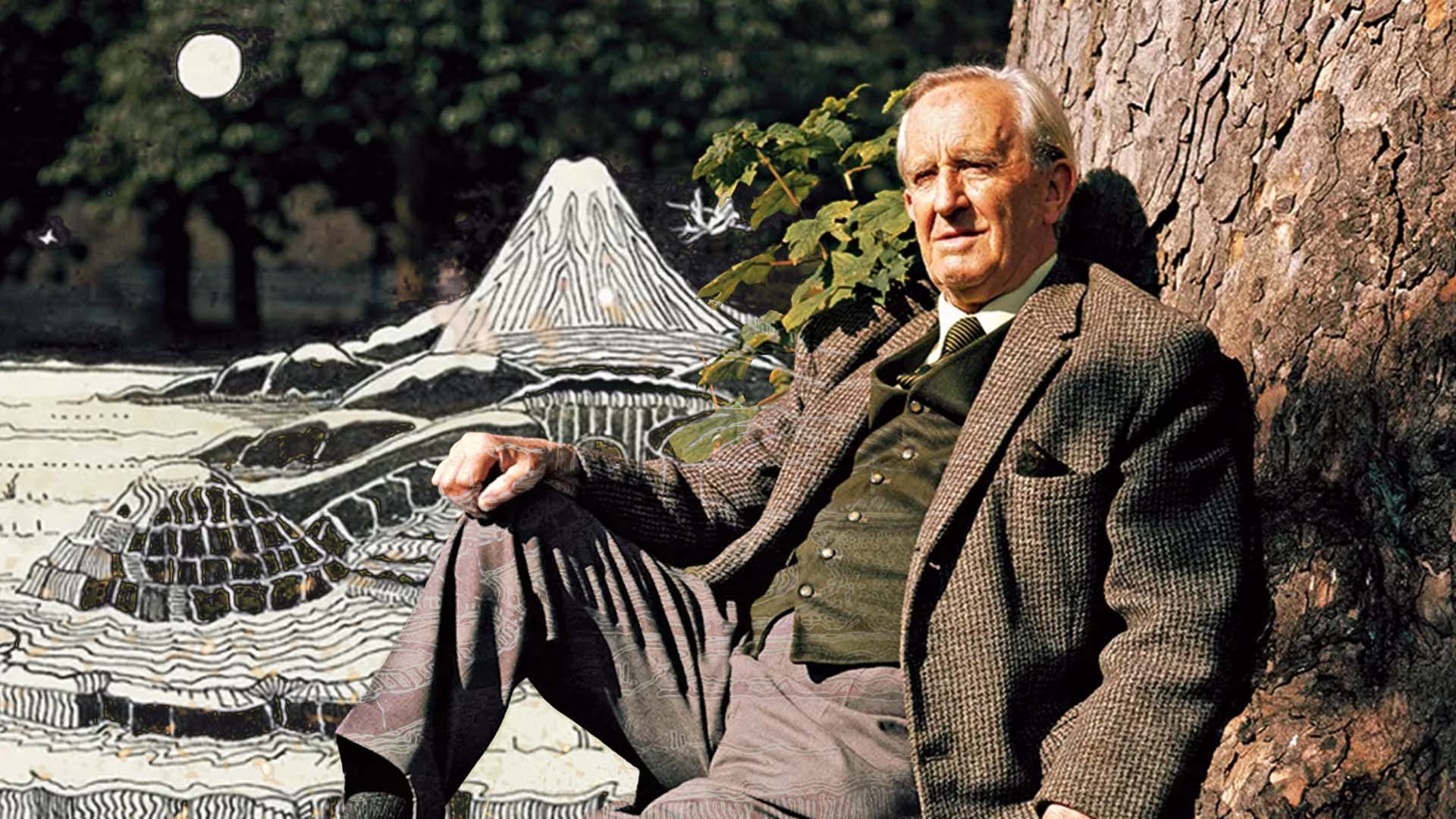Realistic Starry nights in your scene
Day 4 Night Conversion with Stars
Peter Walter
Starry Night Sky-Replacement
I had the pleasure to help director Teresa de Almeida with visual effects for her film Peter Walter. The film is about a young writer during the second World War who wants to fulfill his duties and become a soldier but his protective parents want to keep him writing inland. Early in the film there is an establishing shot of the house that should be set during night-time. The film has a dreamy vibe throughout the story so I decided this shot required some stars.
You can watch the film below:
Starry Nights in Cinema
Whether the scene is directly about Stargazing or whether the scene simply includes visible stars in the night sky, they give a sense of peace and calm. Using stars in a night scene is an effective method to create a moment of rest. A break from more intense scenes surrounding it.
Stars in cinema are as old as the medium itself - and continue to be a beautiful method to create a moment to admire in a scene.
To achieve beautiful stars in cinema, artists have utilized many different techniques. From puncturing holes into black cloth that is backlit by a strong light, to compositing digital star assets into the scene. Each method comes with its own drawbacks.
We ran into many of these drawbacks when using digital stars during the production of Syntactic Labyrinths. Digital stars require high dynamic range to be accurately composited into your scenes. For that reason we developed the Star System resource which is available for Free on our Resources page.


The Process
Using Chaos Corona's camera settings inside of Cinema 4D, you can apply your star fields to a Light-Material with an intensity of 1.0 and then adjust your camera settings to match those of your camera on set. You will then be able to get a pretty accurate representation of how bright your stars should be for that shot.
Below you can see the original shot that was provided to me.
As you can see there are multiple windows that have to be lit up. As well as that the shot was taken on an overcast day. This is a very important detail to get your Day 4 Night conversion to work well.
There is however a bit of sunlight peaking through the clouds that is hitting the building. Is this a problem?
It could be if the sunlight is very harsh. But in this case it can act as Faux Moonlight.


The final output is very dark and we didn't keep much of the original details. What was most important for the shot was the silhouette of the building together with a bright interior of the windows. Upon revisiting the shot I would probably add a little bit more detail in the building. I tend to make shots a bit too dark upon first impressions.
However, what is important to pay attention to is the ratio between light and dark. If I were to add more light to the scene I would probably want to expose the interior lights up a bit as well. That ensures that artificial light maintains a strong and sharp contrast with the naturalistic night sky.
Conclusion
The process of adding stars to your night scenes is an extension of sky-replacement. If you'd like to learn additional techniques for sky-replacement I'd recommend your give this blog a read on Sky-Replacement with Cloud Assets.
In a realistic scenario you will not be able to expose to the stars on the night sky. However, that is the beauty of magical realism in cinema. With stars you can add so much life and emotion to your night scenes. I hope this tutorial and free 32-bit Stars resource has helped you in achieving realistic starry nights.























%20by%20Ivan%20Aivazovsky.jpg)















































































.jpg)




0 Comments